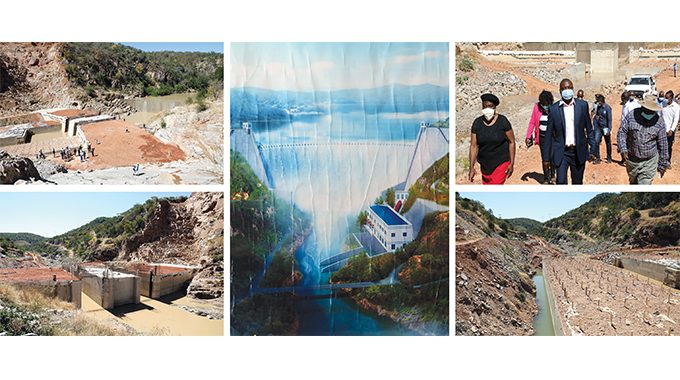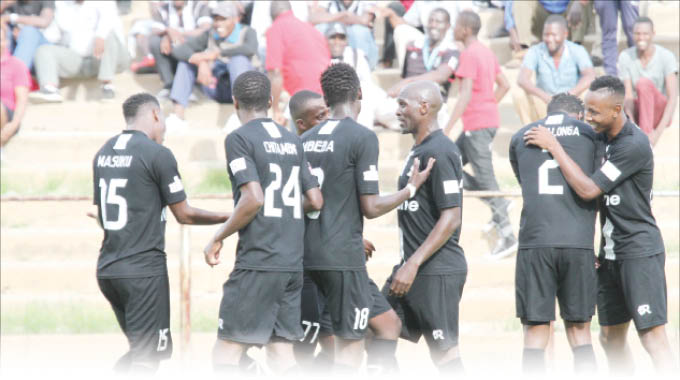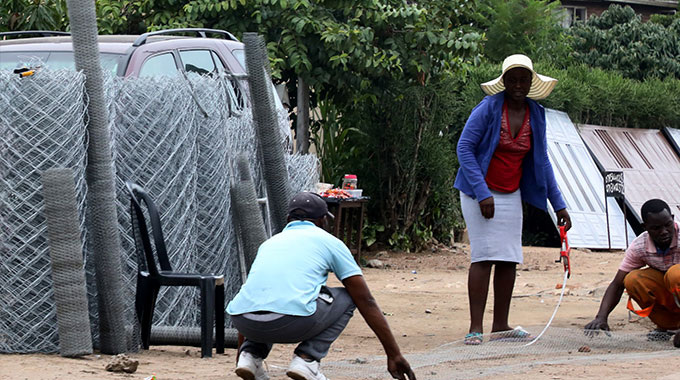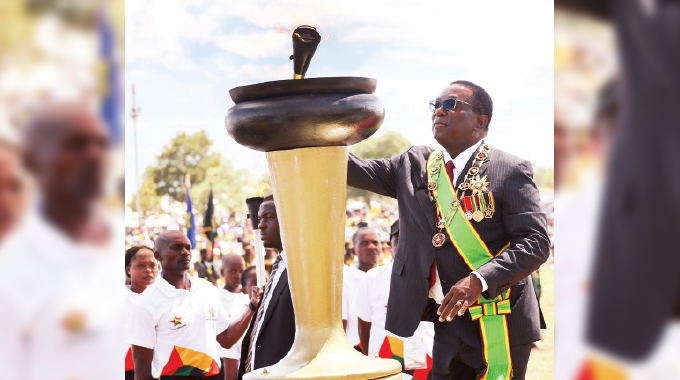‘Third largest dam to solve Bulawayo water problems’

Mashudu Netsianda, Senior Reporter
GOVERNMENT is committed to permanently addressing Bulawayo’s perennial challenges through the construction of the Gwayi-Shangani Dam project with at least US$122 million having been channelled so far under the Public Sector Investment Programme (PSIP) to speed up the project.
The project, which was initially scheduled to be completed in December 2021, is now expected to be finished in December 2022 after it was stalled by the global outbreak of Covid-19.
The dam site, which is located in Hwange District in Matabeleland North, is set to benefit the districts of Bulawayo, Binga, Lupane as well as communities staying along the proposed pipeline which would be supplying water to Bulawayo.
Bulawayo is facing persistent water woes largely due to the effects of climate change. The city’s six supply dams are located in Matabeleland South in the Umzingwane Catchment Area.
The dams hold about 300 million cubic metres of water.
Speaking during a site visit of the Gwayi-Shangani Dam project by Ministers of State for Bulawayo and Matabeleland North Provincial Affairs, Cdes Judith Ncube and Richard Moyo yesterday, the Zimbabwe National Water Authority (Zinwa) resident engineer, Mr Hassan Tobve said the feasibility studies indicate that once complete, the dam, with a net holding capacity of 634 million cubic metres, will provide permanent water solutions to Bulawayo.
“After extensive investigations it was discovered that it was feasible to embark on the Gwayi-Shangani Dam project as a long-term solution to the water challenges in Bulawayo. The dam will have a net holding capacity of 634 million cubic metres of water, which is 1,8 times bigger than the capacity of the six supply dams in Matabeleland South,” he said.
Mr Tobve said the Gwayi-Shangani Dam water levels will be augmented by water pumped from the Zambezi River through a separate pipeline to Bulawayo.
The dam falls under the Matabeleland Zambezi Water Project (MZWP).
The dam is located about 245 kilometres from Bulawayo. It is envisaged that water from the Gwayi-Shangani Dam will be conveyed to Bulawayo through a pipeline, which will be constructed with a series of booster water pumping stations along the way. The dam has crest length of 345 metres and upon completion it is anticipated that the total size of the wall will reach 72 metres with a maximum depth of 59 metres.
The dam is going to be the third largest inland dam in the country after Tokwe-Murkosi and Lake Mutirikwi. The construction of the dam is being carried out by the China International Water and Electric Corporation, which was awarded the tender by the Government.
“After the completion of the construction of the dam, there will also be the construction of a power station which will contribute 10 megawatts to the national grid,” said Mr Tobve.
Gwayi-Shangani Dam is situated in region four which is characterised by low rainfall patterns and high temperatures.
Minister Moyo, who was leading the delegation during the tour, said Government under the Second Republic was committed to completing the project, which has been stalled for years during the previous regime.
“As you might be aware, this project was taken over by the Government after it was stalled. With the coming in of the Second Republic under the administration of President Mnangagwa, the project has seen tremendous progress and Government has since committed funds to the tune of US$122 million under the PSIP,” he said.
“This is to make sure that this project is completed on time notwithstanding other challenges like Covid-19. Initially, it was supposed to be completed in December 2021, but due to Covid-19, it has been pushed to December 2022.”











Comments